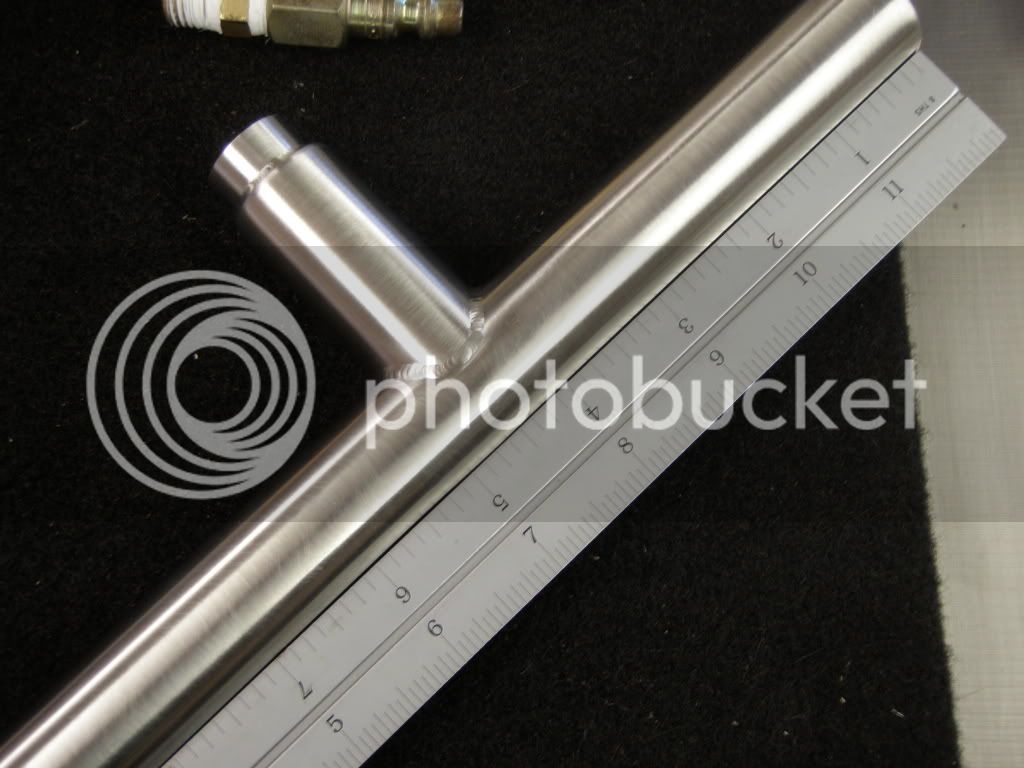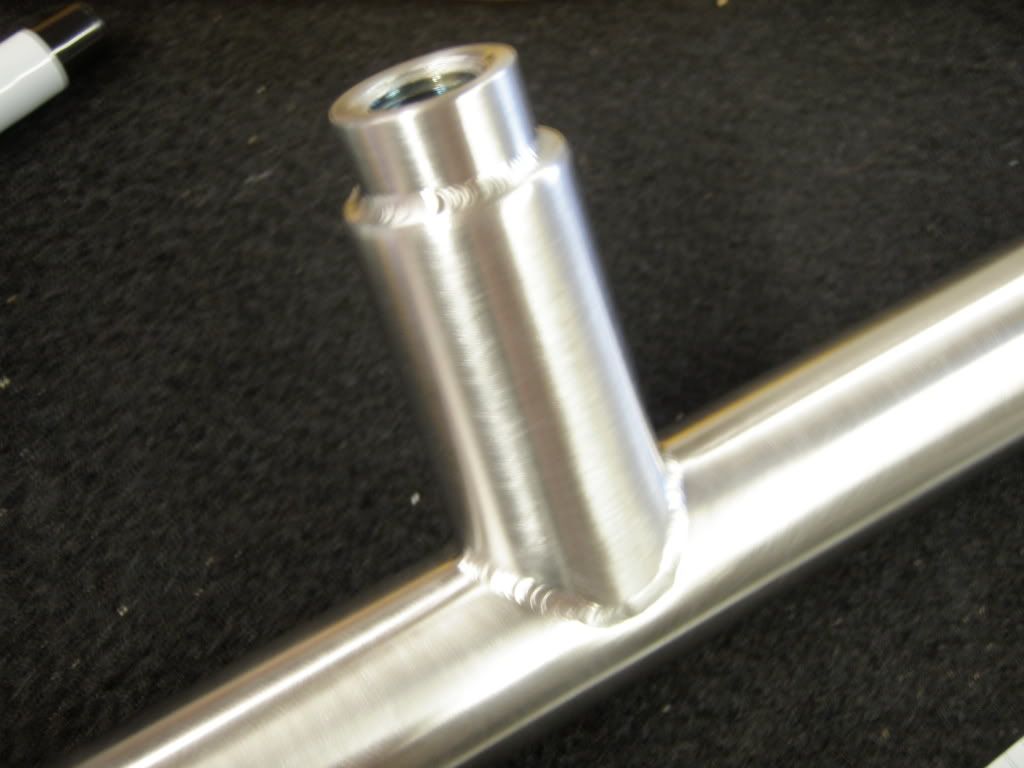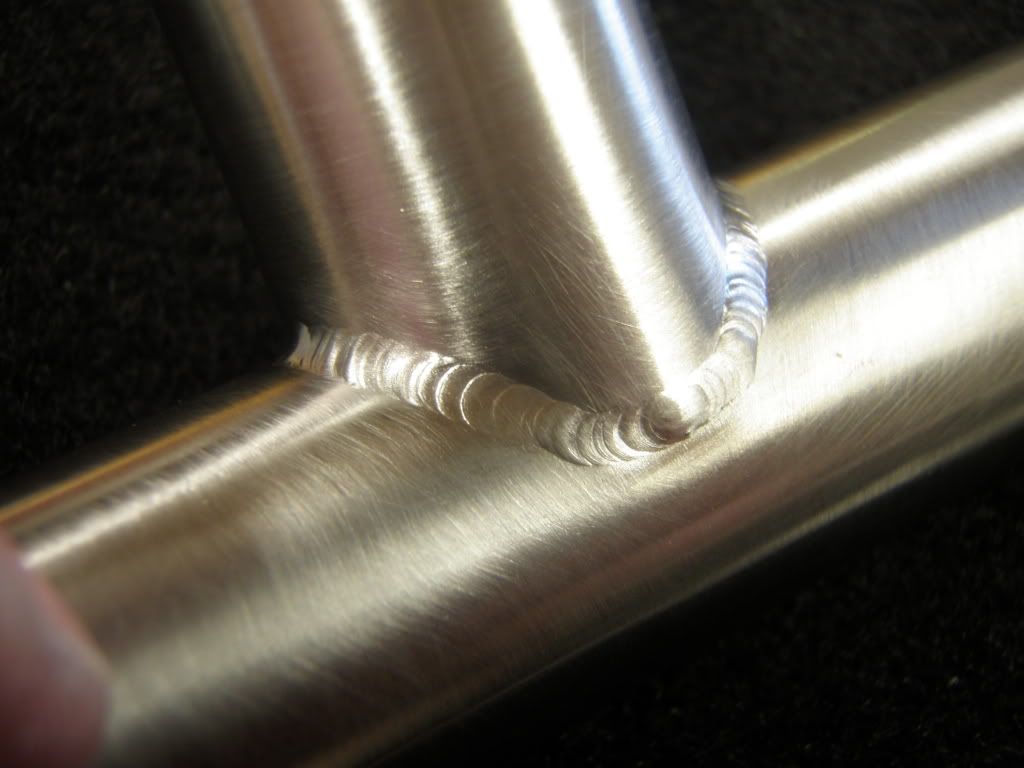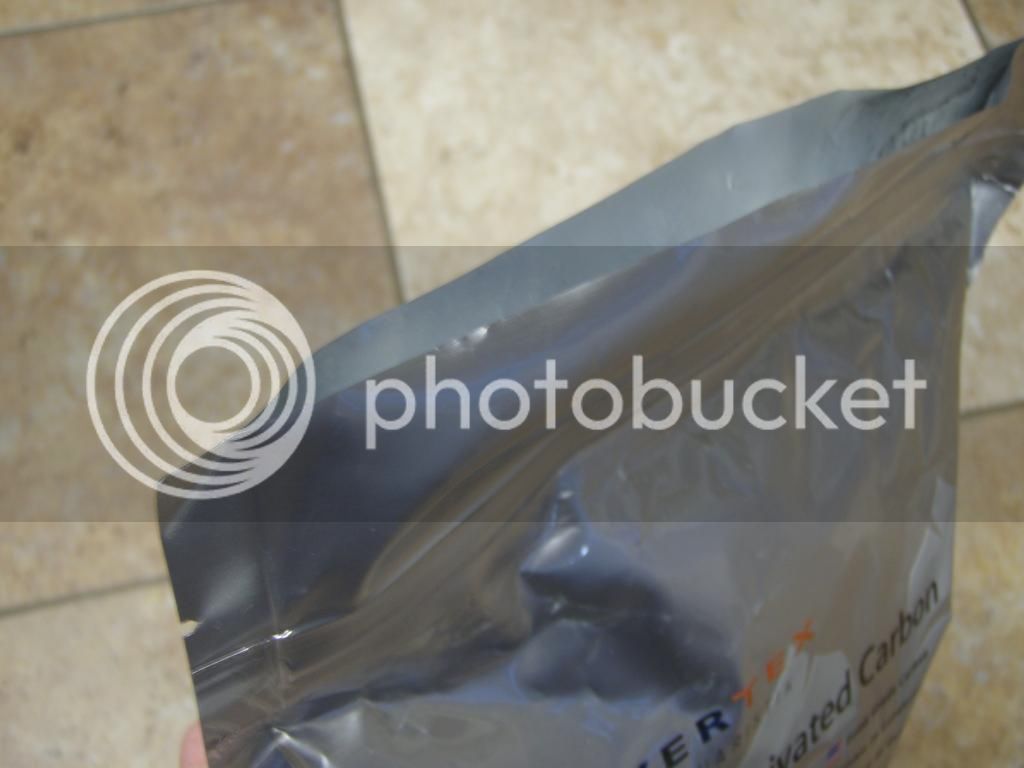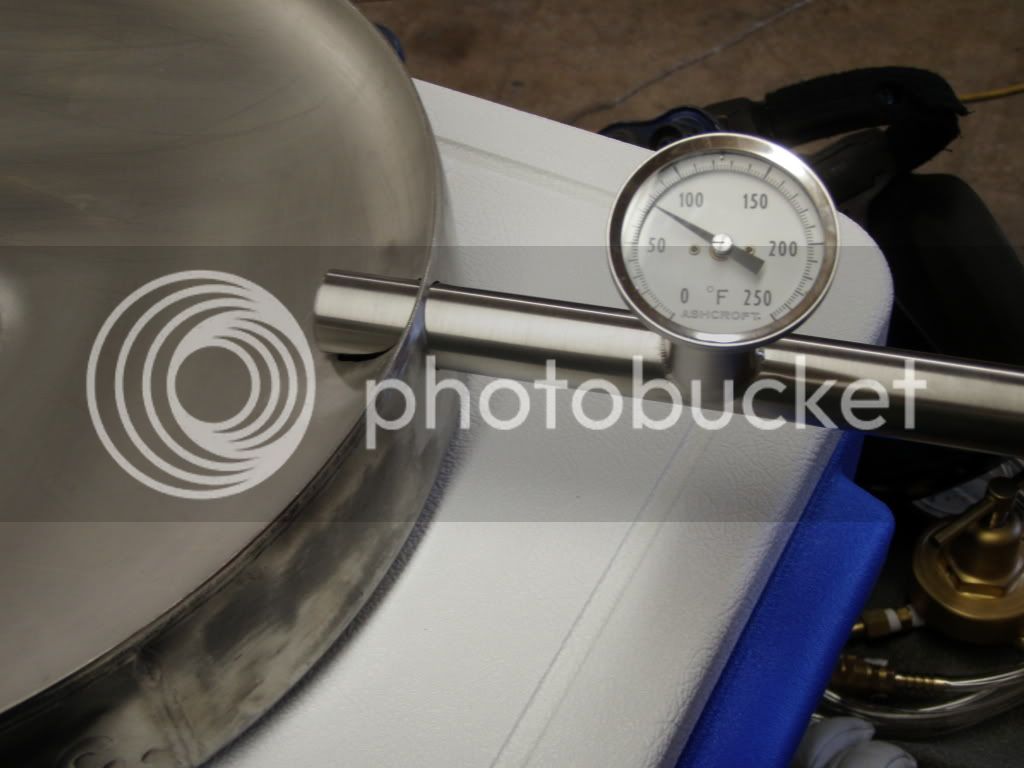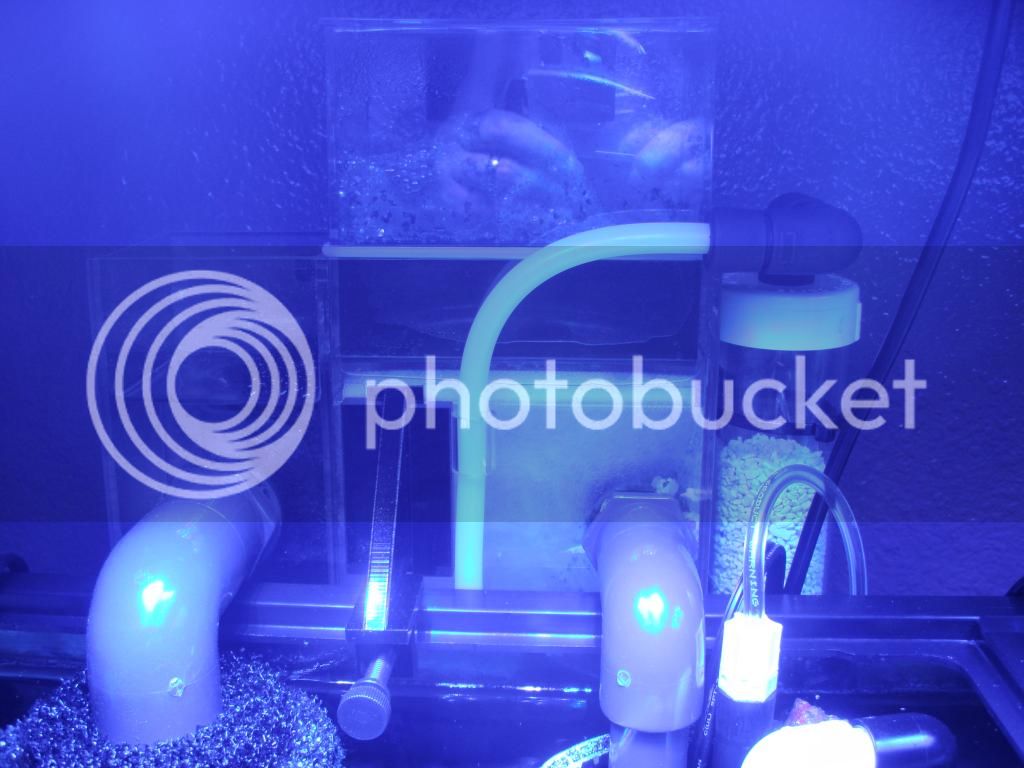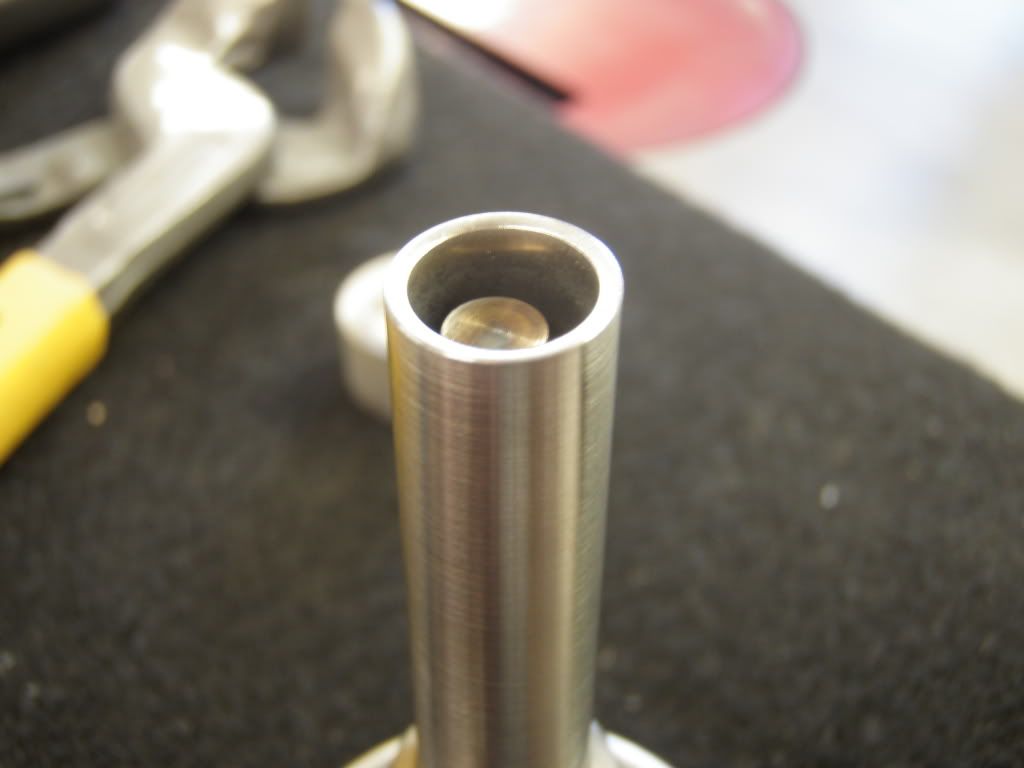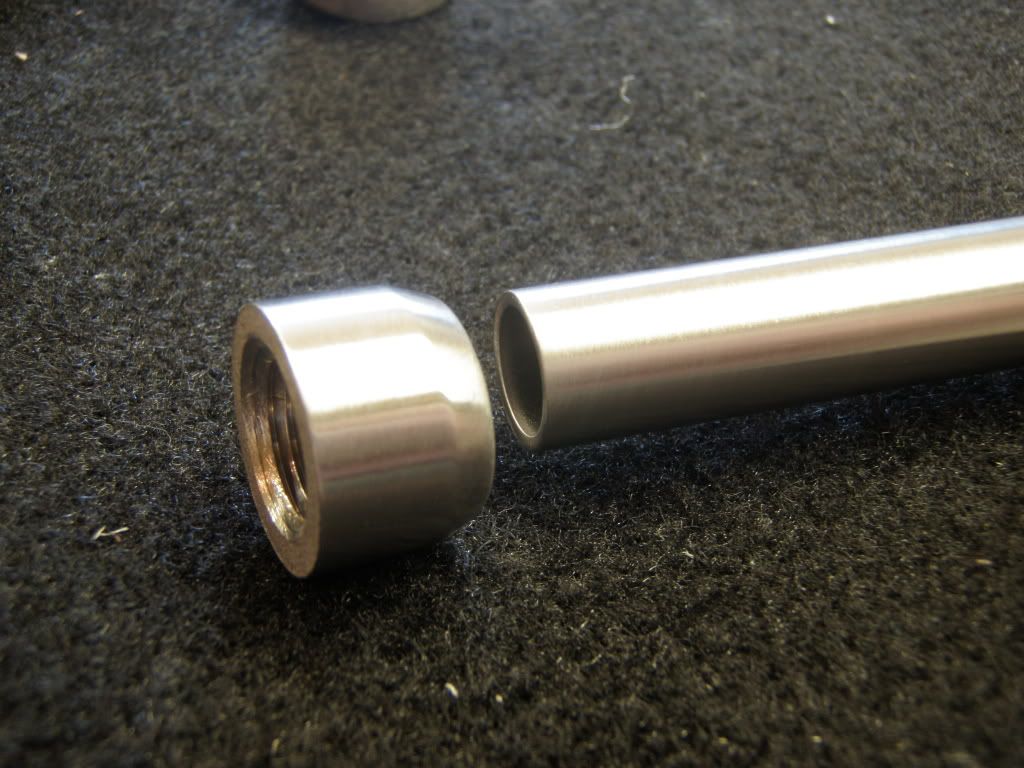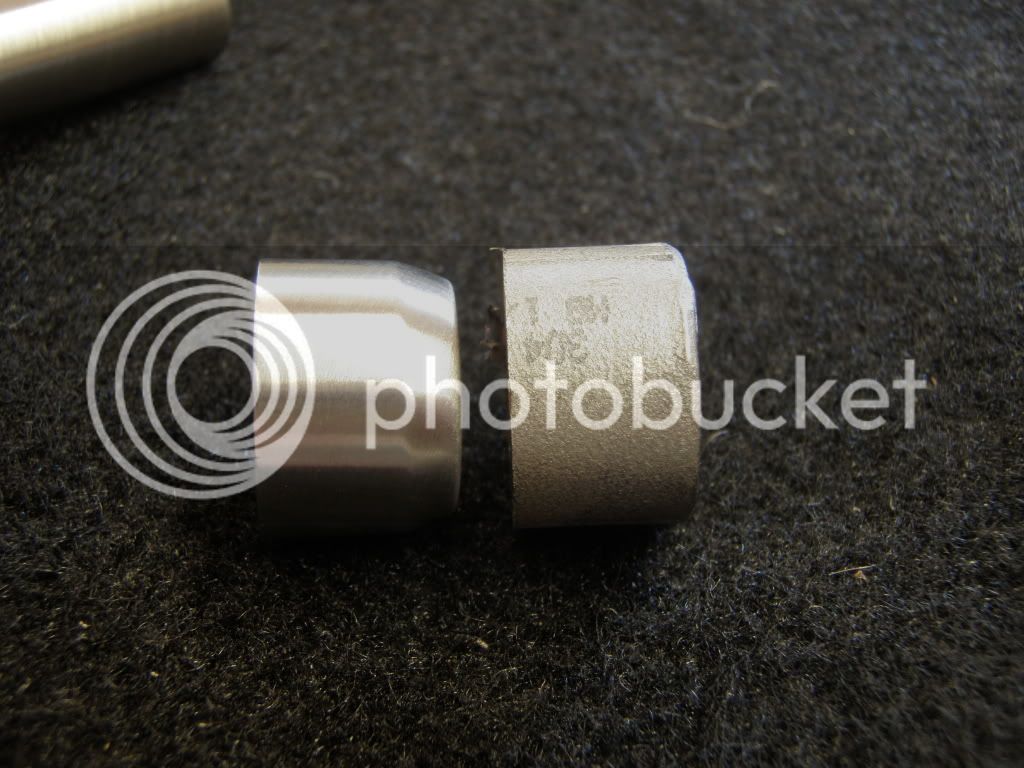GreenMonti
Well-Known Member
- Joined
- Nov 29, 2009
- Messages
- 1,268
- Reaction score
- 67
I started this thread cause I didn't want things to get too far off track on the calandria build.(MK-I) This is just kinda a sharing of experiences with the quest I have been on to build my new brewing system.
Today, I ran the boiler with a recirculating system for the condensate and boiler feed. Still an unpressurized setup like before. I am just feeding the boiler with the spent hot water. This makes a huge difference in fuel consumption. Much more then I thought it would. Once my water tank was up around 200* I was able to run the boiler at what I believe is half fire. Once the brewery is setup I figure if I let the boiler generate steam the entire mash schedule, I could just divert the unwanted steam from the mash to the water tank for preheating. During the mash, the boiler will be running at a very low rate of fire, so I would actually be saving more fuel this way. Anyway I starting to ramble. Lets get to the info.
I started the total system from a cold start. All the water was at 54*. The kettle had 14 gallons in it this time. The new coil shroud made some big changes. What I did was limit the flow into the shroud so the contact time was increased. The coils require a 6" diameter tube to fit inside of. I tack welded on a bottom plate and made a hole for the coils to pass through. I then drilled eight 1/8" holes for the flow. I took the temp reading inside of the cylinder where the coils were at and also read the kettle temp.
....................................inside the cylinder............kettle temp
Starting temp 54*
5 mins in..............................130*...........................54*
10 mins in..............................165*...........................62*
15 mins in..............................185*............................90*
20 min in...............................196*...........................124*
25 mins in..............................207*...........................157*
30 mins in...........................212-213*........................180* Tons of little bubbles
32 mins in..............................213*............................186* Pushing water upward
33 mins in...........................213-214*........................190*
34 mins in...........................214-215*........................194*
35 mins in...........................214-215*.........................200* Pushing water upward more hard
38 mins in.............................215*............................206* Light boil
40 mins in.............................215*............................208* Gentle boil
42 mins in.............................216*............................208* Full boil
The water tank was now at 160*, with a full on flame.
When the water tank reached about 180* I had to turn down the fire to keep pressure down in the boiler. When the water tank hit 195* I turned down the fire more, to 1 1/2" turns open on the regulator. Again it was building pressure. Now I have to run my fire at a solid 2 turns open when direct firing my kettle and doing a 6 gallon run. This things was boiling 14 gallons baby.
I'll be right back for a couple of pics and a video or two.
Today, I ran the boiler with a recirculating system for the condensate and boiler feed. Still an unpressurized setup like before. I am just feeding the boiler with the spent hot water. This makes a huge difference in fuel consumption. Much more then I thought it would. Once my water tank was up around 200* I was able to run the boiler at what I believe is half fire. Once the brewery is setup I figure if I let the boiler generate steam the entire mash schedule, I could just divert the unwanted steam from the mash to the water tank for preheating. During the mash, the boiler will be running at a very low rate of fire, so I would actually be saving more fuel this way. Anyway I starting to ramble. Lets get to the info.
I started the total system from a cold start. All the water was at 54*. The kettle had 14 gallons in it this time. The new coil shroud made some big changes. What I did was limit the flow into the shroud so the contact time was increased. The coils require a 6" diameter tube to fit inside of. I tack welded on a bottom plate and made a hole for the coils to pass through. I then drilled eight 1/8" holes for the flow. I took the temp reading inside of the cylinder where the coils were at and also read the kettle temp.
....................................inside the cylinder............kettle temp
Starting temp 54*
5 mins in..............................130*...........................54*
10 mins in..............................165*...........................62*
15 mins in..............................185*............................90*
20 min in...............................196*...........................124*
25 mins in..............................207*...........................157*
30 mins in...........................212-213*........................180* Tons of little bubbles
32 mins in..............................213*............................186* Pushing water upward
33 mins in...........................213-214*........................190*
34 mins in...........................214-215*........................194*
35 mins in...........................214-215*.........................200* Pushing water upward more hard
38 mins in.............................215*............................206* Light boil
40 mins in.............................215*............................208* Gentle boil
42 mins in.............................216*............................208* Full boil
The water tank was now at 160*, with a full on flame.
When the water tank reached about 180* I had to turn down the fire to keep pressure down in the boiler. When the water tank hit 195* I turned down the fire more, to 1 1/2" turns open on the regulator. Again it was building pressure. Now I have to run my fire at a solid 2 turns open when direct firing my kettle and doing a 6 gallon run. This things was boiling 14 gallons baby.

I'll be right back for a couple of pics and a video or two.


